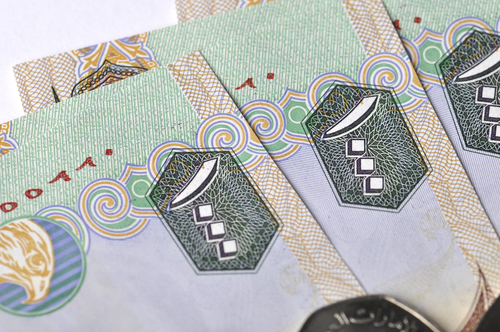Several Middle Eastern countries are currently experiencing rising credit life insurance needs. Unexpected? Not really.
The massive population growth in the region’s nations over the past 15 years, including the ongoing influx of expatriates to the Gulf region, has sparked a real estate boom and prompted many fundamental regulatory changes in these countries.
Today, for example, expatriates in several Middle East countries can acquire long-term property leases and even own property in some countries. In addition, many countries have decriminalized debt, making for more welcoming startup and SME environments.
These changes have increased asset ownership across the board among both citizens and expatriates and invigorated business environments. Both men and women can now own cars and credit cards, and the easing of regulations governing debt is enabling a more supportive and vigorous business culture. These trends are translating into more personal and business loans and greater availability of credit. Ultimately, they are also creating more risk for the region’s individuals and the financial institutions that serve them.
All of these trends are positively reshaping the market environment in the region for credit life insurance. Credit life, which includes mortgage life, is a relatively recent product in the Middle East – less than 20 years – and as in most countries around the world, life insurers offer it through banks.
Product structures differ from country to country. In most Middle East countries, both group credit life schemes on monthly outstanding and individual single premium credit life products are available. Group credit life schemes cover relatively smaller loans such as personal, auto, and credit card loans, whereas single premium products are intended for higher-value mortgage and business loans.
Group credit life comprises much of the market, which itself has a healthy share of the region’s overall life insurance market. Group credit life products help banks cover risk connected with credit portfolios of all types of loans for both citizens and expatriates. Currently, CL supports five types of loans: mortgage loans; credit card loans; personal loans; automobile loans; and business loans for both well-established companies and startups.
The growth engines for credit life products also differ by country. In the UAE, for example, credit life growth is coming from all types of loans, whereas in Saudi Arabia, the mortgage market is the primary driver. Indeed, mortgage portfolios at leading Saudi banks are quite sizable today, with some portfolios reaching billions of dollars. In Egypt, meanwhile, credit life market growth is coming from a vigorous and burgeoning demand for business loans.
Credit life is also emerging for takaful business. Group and individual credit takaful products are made available across the region to Islamic banks and other Sharia-compliant financial institutions to cover personal loans, credit cards, and mortgages.
Although the Middle East’s credit life market is stable and growing, it is not a market without its challenges. Current free cover limits under group schemes are comparatively generous, which can leave insurers open to fraud and abuse, and also the high non-medical limits are an issue, as they can expose insurers to nondisclosure, which can be challenging to investigate at the claim stage.
On the positive side, the steps being taken by Middle East countries in recent years to strengthen and enhance their financial and insurance regulations in ways that can spur growth and development should ultimately help the region’s credit life industry to grow in a healthy way.
What is most important when working in this market is to understand the risks and know how to deal with them. It is not just numbers: insurers need to dive deeply into the details of each scheme. Each credit life scheme has its own dynamics depending on the target market, underwriting practices, claims reporting patterns, claims investigation procedures, and most importantly, the exclusions agreed to under the scheme.
All these items are examples of checkpoints that must be clearly understood. Having a financially strong reinsurance partner with a solid understanding of the region and the products will definitely help to ensure a sizable and profitable credit life portfolio.



